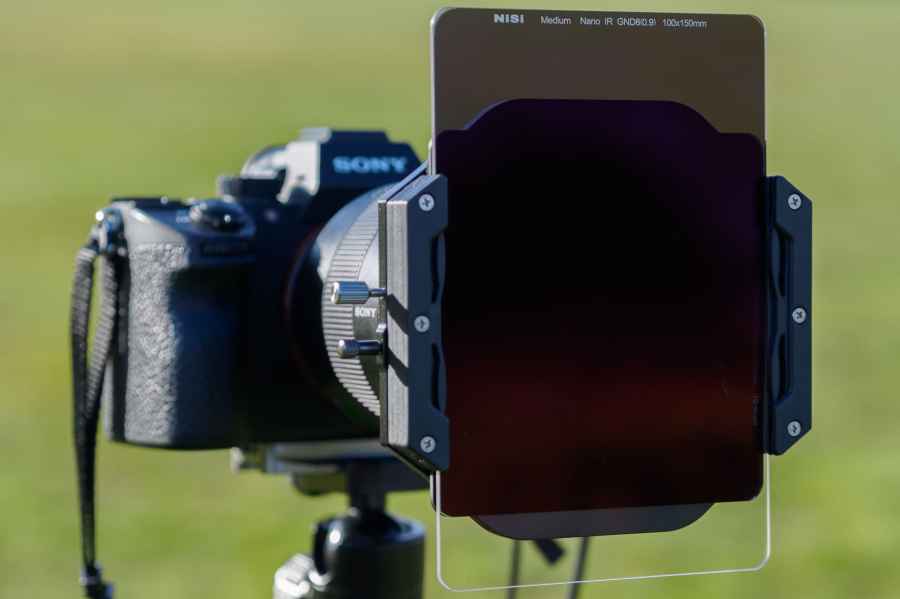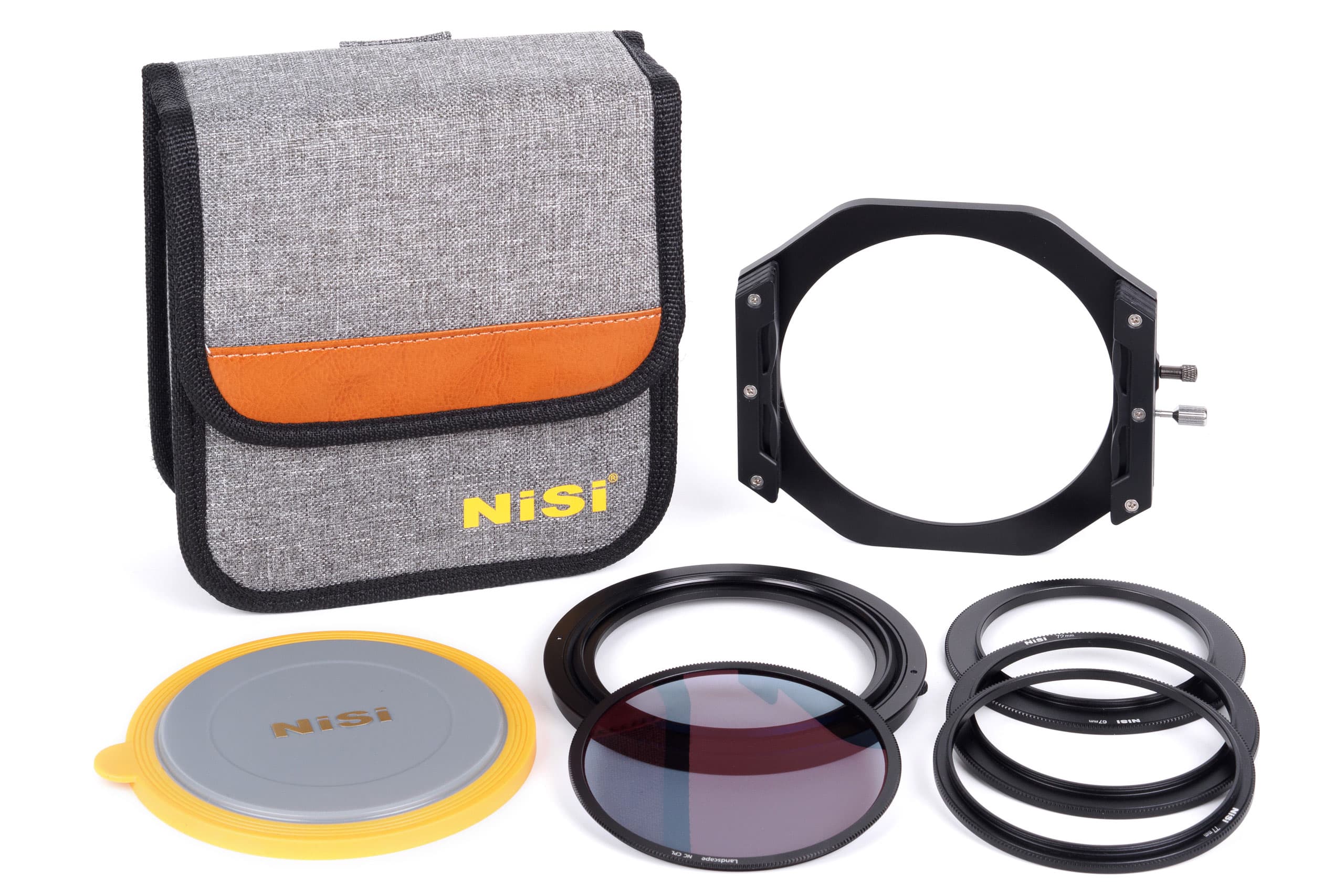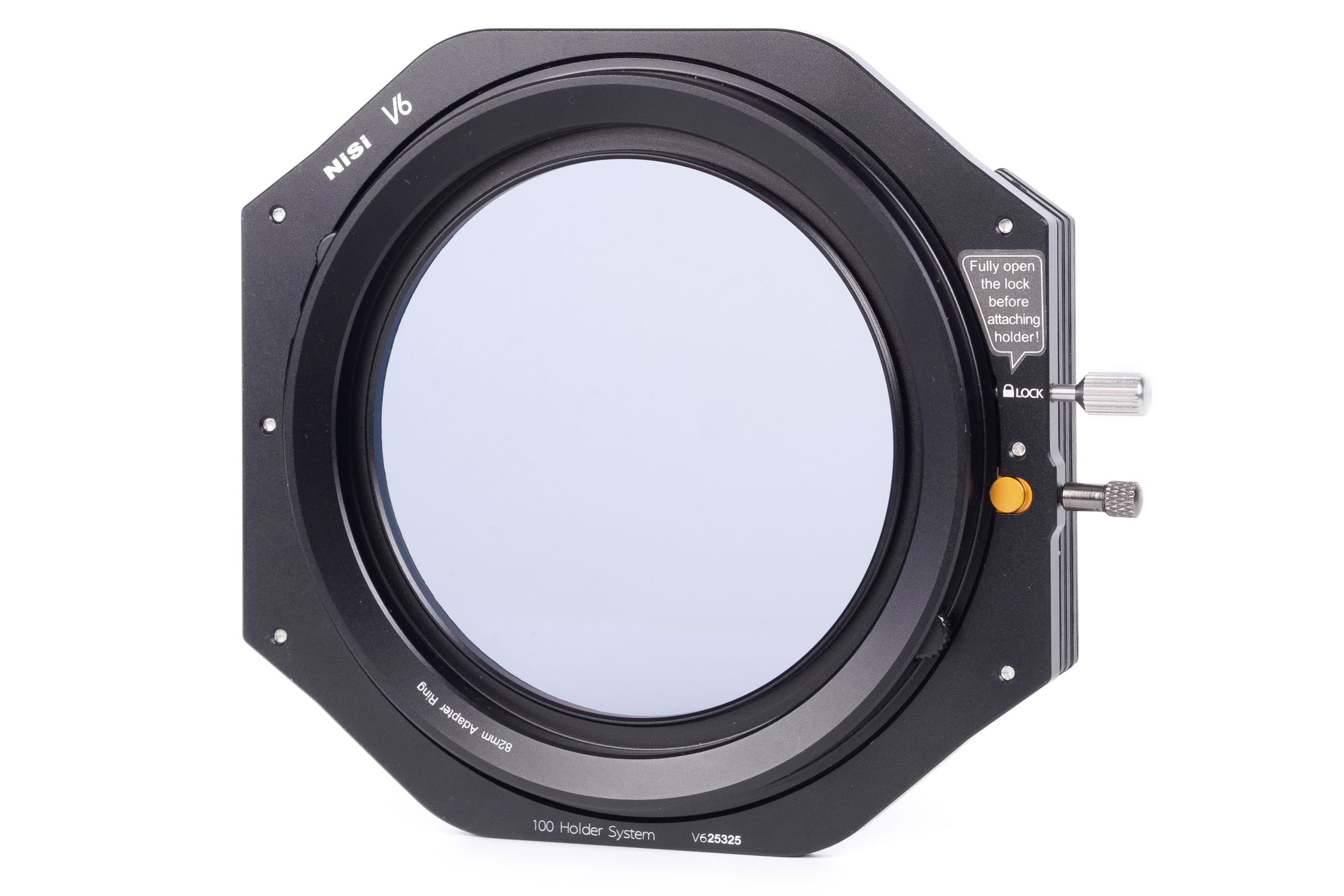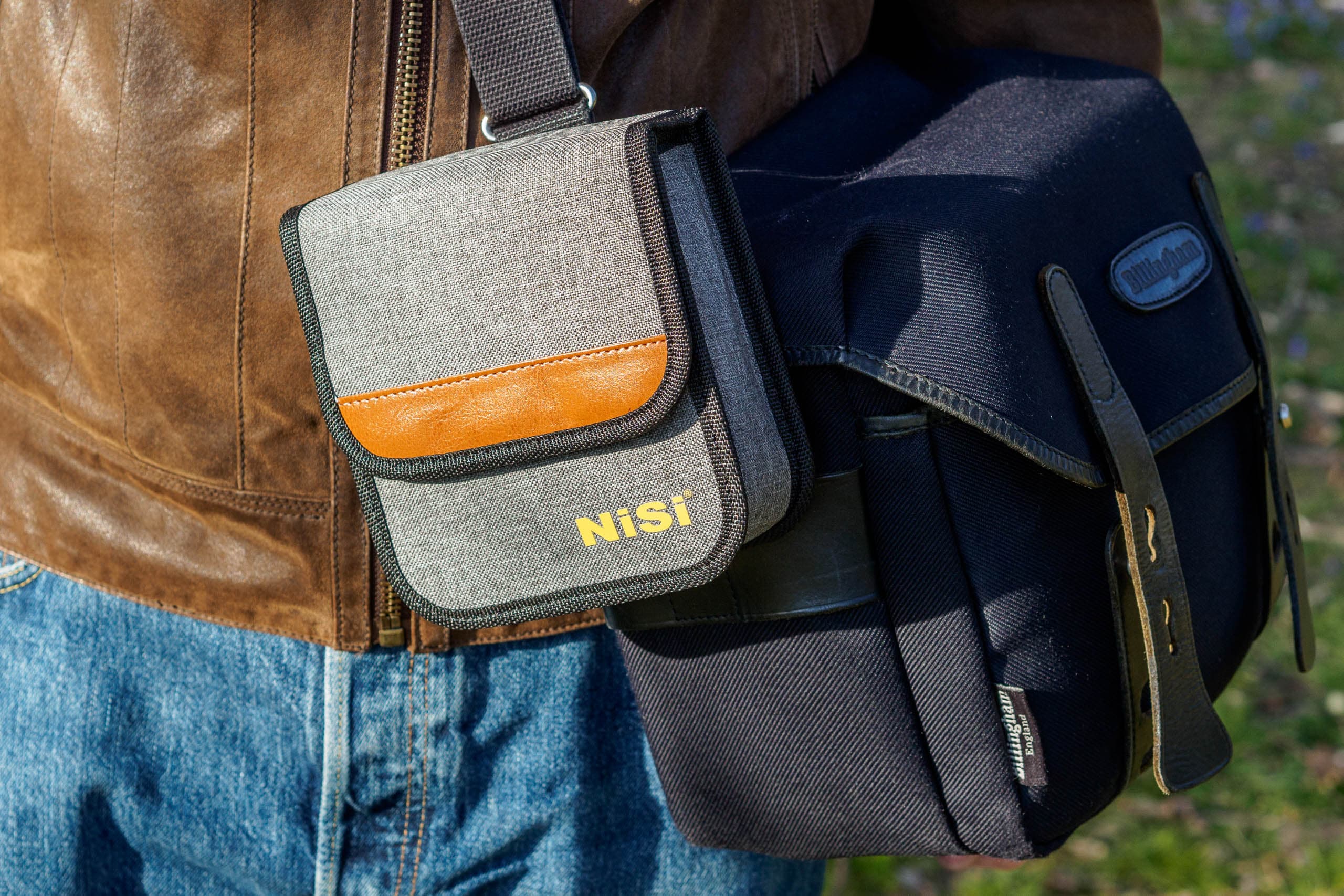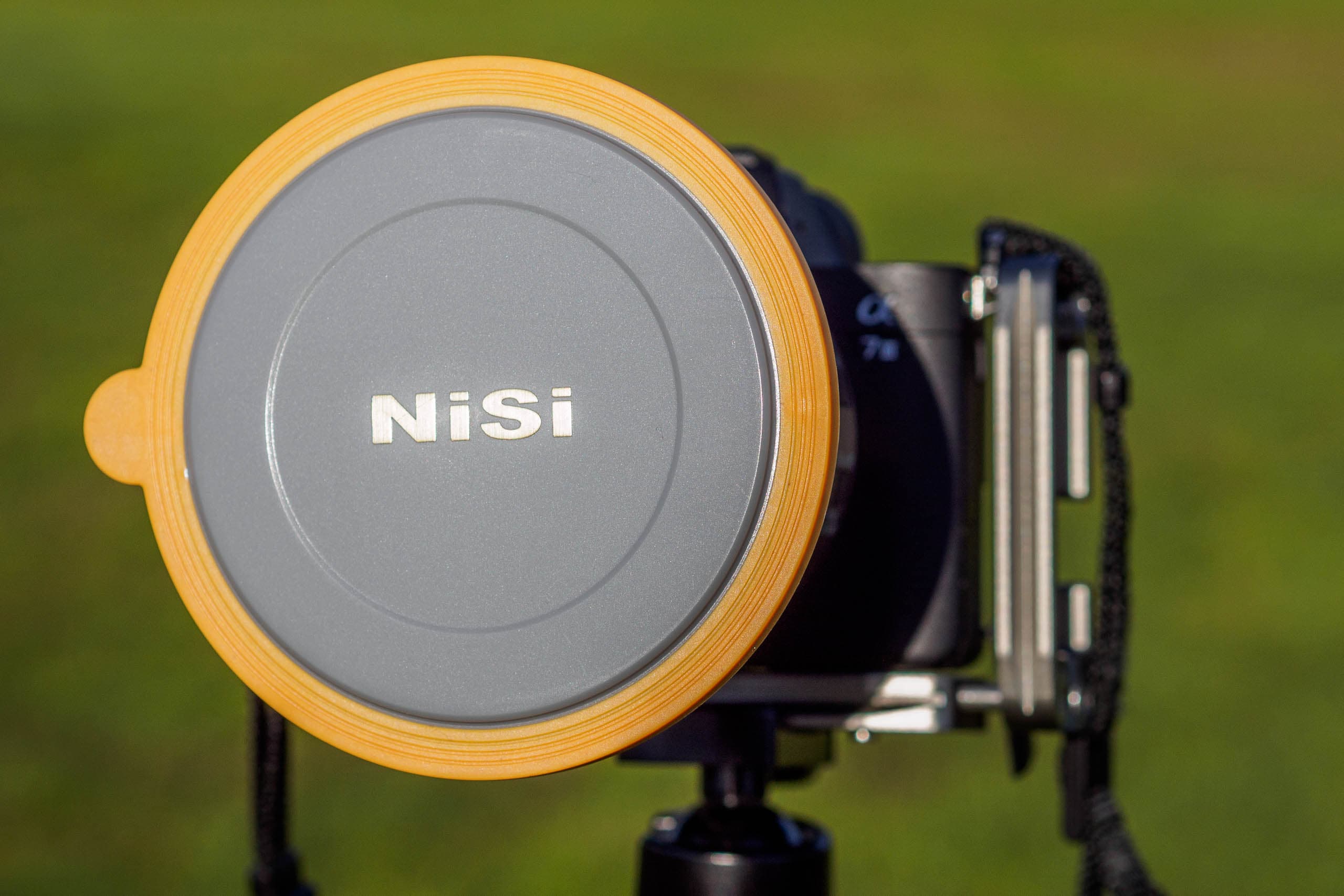NiSi V6 Filter Holder at a glance:
- £189 with landscape polariser
- £155 with standard polariser
- Takes three 100mm filters
- For lens threads up to 82mm
- Works with lenses as wide as 15mm
- www.nisioptics.co.uk
Chinese accessories firm NiSi is still very much a newcomer to the British photographic market, with its UK web store having opened its virtual doors only last year. It operates on a different basis to many other firms, designing and making its own products and then selling them directly to customers. In principle this should allow it to deliver high-quality accessories at keen prices, but the drawback is that you can’t look at them in a shop before purchasing.
Last year, we named the firm’s NM-180 Macro Focusing Rail one of our accessories of the year. We were also very impressed by its unique compact filter system for Fujifilm X100-, Sony RX100- and Ricoh GR-series cameras. So we’ve been looking forward to testing its latest 100mm filter holder kit, the V6. NiSi declares that it’s ‘developed by photographers, for photographers’ so we wanted to find out how it stacks up against similarly-priced competitors such as the Kase K9 and Benro FH100M3.
NiSi V6 kit: What’s in the box?
The NiSi V6 kit contains the filter holder, the 82mm-threaded adapter ring, and step-up rings for fitting it to lenses with 77mm, 72mm and 67mm threads. There’s also a plastic lens cap that pushes onto the adapter ring, along with a nicely designed nylon case.
Uniquely, the firm offers kits with a choice of two different polarisers: the Standard option costs £155 and the Landscape version, £189. NiSi sells 100mm square ND filters up to 11 stops density for £122 each, along with 15- and 20-stop options for £133 and £149 respectively. Meanwhile 100 x 150mm ND graduated filters cost £129-£137.
NiSi V6 Filter Holder key features:
Attachment The holder clips onto the adapter ring via a small sprung pin. This has a screw lock above it for fixing the angle, which has to be fully opened when fitting the holder into place
Polariser Two small wheels on opposite sides of the adapter ring are used to adjust the polariser from behind the camera: they can be seen at the four o-clock and ten o-clock positions in the image above
How does the NiSi V6 work?
Broadly speaking, the NiSi V6 fits together in a similar way to other high-end filter systems. It’s based around two main components, the adapter ring that screws onto the lens and takes the polarising filter, plus the holder section that accepts three 2mm-thick, 100mm-wide filters. But as always, it has a few specific idiosyncrasies.
Looking first at the adapter ring, this has an 82mm thread for attachment to your lenses. For those that accept smaller filters, NiSi supplies 67mm, 72mm and 77mm step-up rings in the box. At the front it has an 86mm thread into which you screw the super-slim matched polariser, which can then be rotated using a pair of small wheels placed diametrically opposite each other on the adapter’s rim.
To minimise any risk of vignetting, the rotation mechanism protrudes back behind the front of the lens. However, this makes it physically incompatible with a select few optics. NiSi lists the Panasonic Lumix S 70-200mm f/2.8, along with Tokina’s 11-20mm f/2.8 and 17-35mm f/4 wideangle zooms. A £10 spacer ring solves the problem, but at the cost of vignetting with the latter.
The filter holder clips onto the adapter ring via a sprung, pull-out pin, and above this there’s a second screw-down locking pin that allows you to secure graduated filters at the angle of your choice. However, the latter isn’t captive and can be unscrewed completely from the holder, which always worries me given that I’ve lost numerous non-captive tripod parts while walking between locations.

ND filters should be used in the slot closest to the camera. Look closely and you can just about see the foam light seal on the back of the filter
Unlike several competitors, there’s no light-sealing on the filter holder itself. Instead, NiSi’s neutral density (ND) filters come with foam seals pre-installed to prevent light leakage and fogging during long exposures. As usual, NDs should be used in the slot closest to the camera, with graduated filters placed in front of them.
NiSi V6: Which polariser should I buy?
Uniquely, NiSi offers a choice of two polarising filters. The Standard option is similar to those supplied with other systems, and NiSi says it provides approximately 95% polarisation efficiency. In comparison, the Landscape version boasts an even higher efficiency (specified as 99.5%), while being treated to a water and oil-repellent coating.

NiSi offers a choice of polarisers, Landscape and Standard, with distinctly different characteristics
The cost of this increased efficiency is lower light transmission, with a filter factor of approximately 1.7 stops, compared to 1 stop for the Standard. The Landscape polariser also imparts a blue shift of about 600K, although the latter is easily fixed in raw processing. As its name suggests, NiSi recommends selecting the landscape polariser if you tend to shoot outdoors with plenty of light.
What’s the NiSi V6 Filter Holder like to use?
Thanks to its slightly quirky design, I found that the NiSi V6 system requires careful handling in the field. It’s not difficult to use once you’ve familiarised yourself with how everything fits together, but it does require a specific working method. Thankfully there’s absolutely nothing wrong with the build quality; everything is really well-made and operates smoothly. One useful touch is that the case can be attached either to the strap of a shoulder bag, or Molle-type attachment loops on backpacks and bags.
Notably, it’s best to either attach or remove the polarising filter with the adapter ring off the camera – otherwise its ultra-slim profile means that it’s far too easily dropped. It’s easiest to do this by holding the adapter flat in your hand while gripping the two adjustment wheels with your thumb and forefinger. But this does mean that you can’t quickly remove the polariser if you want to try a shot without it; in comparison, the magnetic systems used by Kase and Benro work much better. It’s also slightly awkward to remove step-up rings that have got stuck onto the adapter, which can slow you down when changing lenses.

Sony Alpha 7 III, Sony FE 24-105mm F4 G OSS at 24mm. 20sec at f/11, ISO 100. Landscape Polariser, 10-stop ND, 3-stop ND Grad. Perspective corrected in Photoshop.
Operationally, the biggest quirk of the NiSi V6 is that the two polariser adjustment wheels end up in different positions depending on the lens you’re using, maybe at the sides, the top and bottom, or anywhere in between. As a result, it’s not as neat and easy to use as alternatives that employ a single wheel on the side of the filter holder. In practice, though, this didn’t bother me as much as I expected. I also appreciated the fact that you can use the polariser on its own without the filter holder, and keep it protected between shots using the push-on lens cap. But you can do this with the Kase K9 system, too.
In general, it’s easy enough to clip the filter holder onto the lens ring, then angle it and lock it in place. However, a note on the holder declares that the locking pin must always be fully open before you attach it to the adapter ring, and I can attest that it’s important to heed this warning after nearly dropping my review sample into the Thames. After this near-catastrophe I quickly got used to checking it automatically all the time, but other systems aren’t afflicted by the same problem.

Sony Alpha 7 III, Sony 16-35mm F4 ZA at 19mm. 13sec at f/11, ISO 100. Landscape polariser and 10-stop ND. Perspective corrected in Photoshop
One area where the NiSi V6 does excel lies with lens compatibility, as the 86mm polariser is held very close to the lens’s front. I used it with full-frame optics as wide as the Laowa 15mm f/2 Zero-D, and didn’t see any hint of vignetting, regardless of how it was angled. This is good news when you need to position ND grads to deal with sloping skylines or horizons.
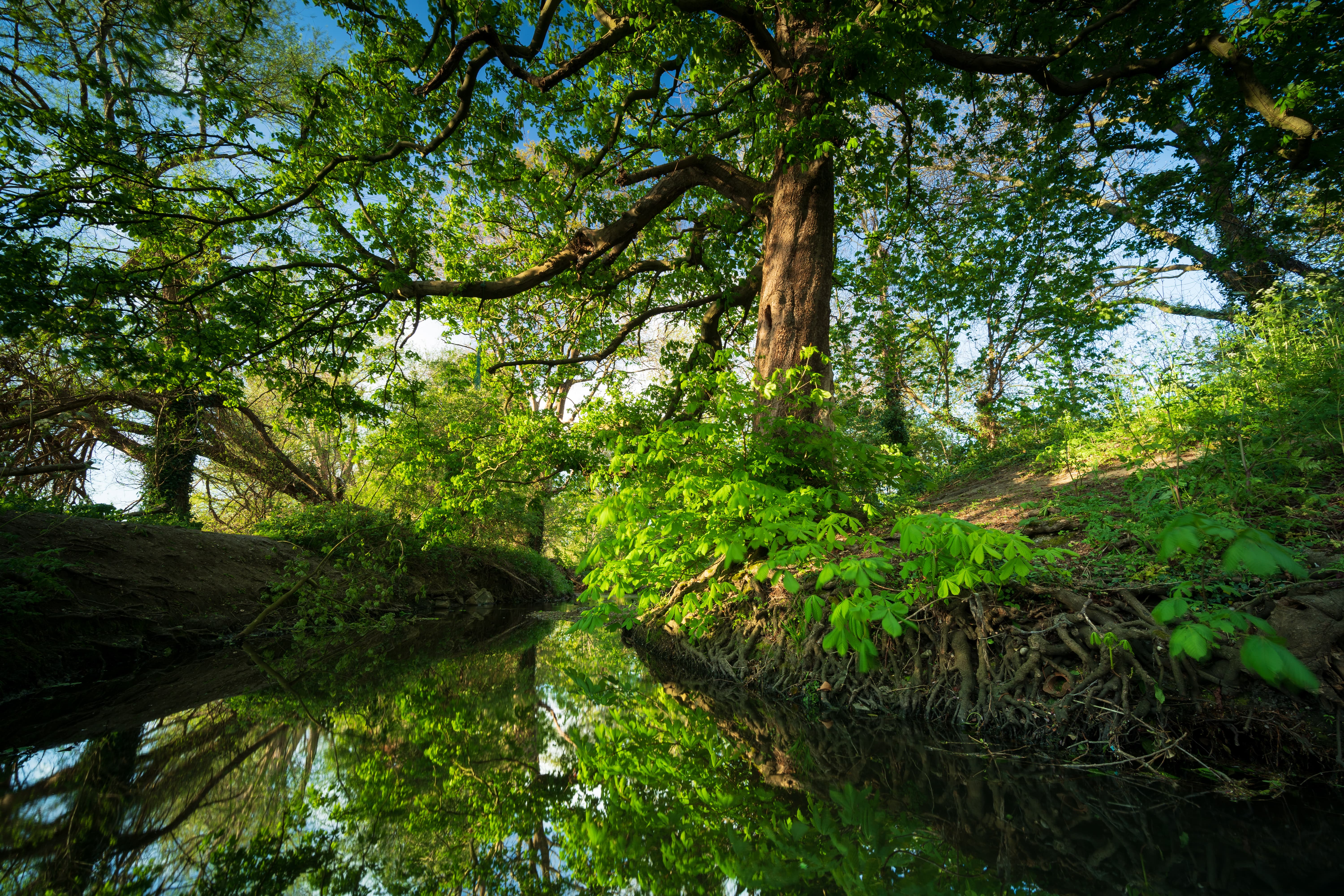
This test shot confirms that there’s no vignetting with the Laowa 15mm f/2 full-frame lens. Sony Alpha 7 III, Laowa 15mm f/2 Zero-D. 1.3 seconds at f/11, ISO 100. Landscape Polariser and 3-stop ND grad.
NiSi’s 100mm filters are supplied in slimline faux-leather cases with magnetic closures that take up very little space in your bag, which is very welcome compared to the much bulkier designs used by some other firms. I tested the V6 system with its 10-stop ND and 3-stop ND medium grad and found that they fit securely into the holder and slide up and down reasonably smoothly. You don’t get the extremely precise adjustment that Benro’s geared FH100M3 holder provides, but in return the NiSi V6 is more compact and doesn’t require every filter to be placed in a £12 frame.
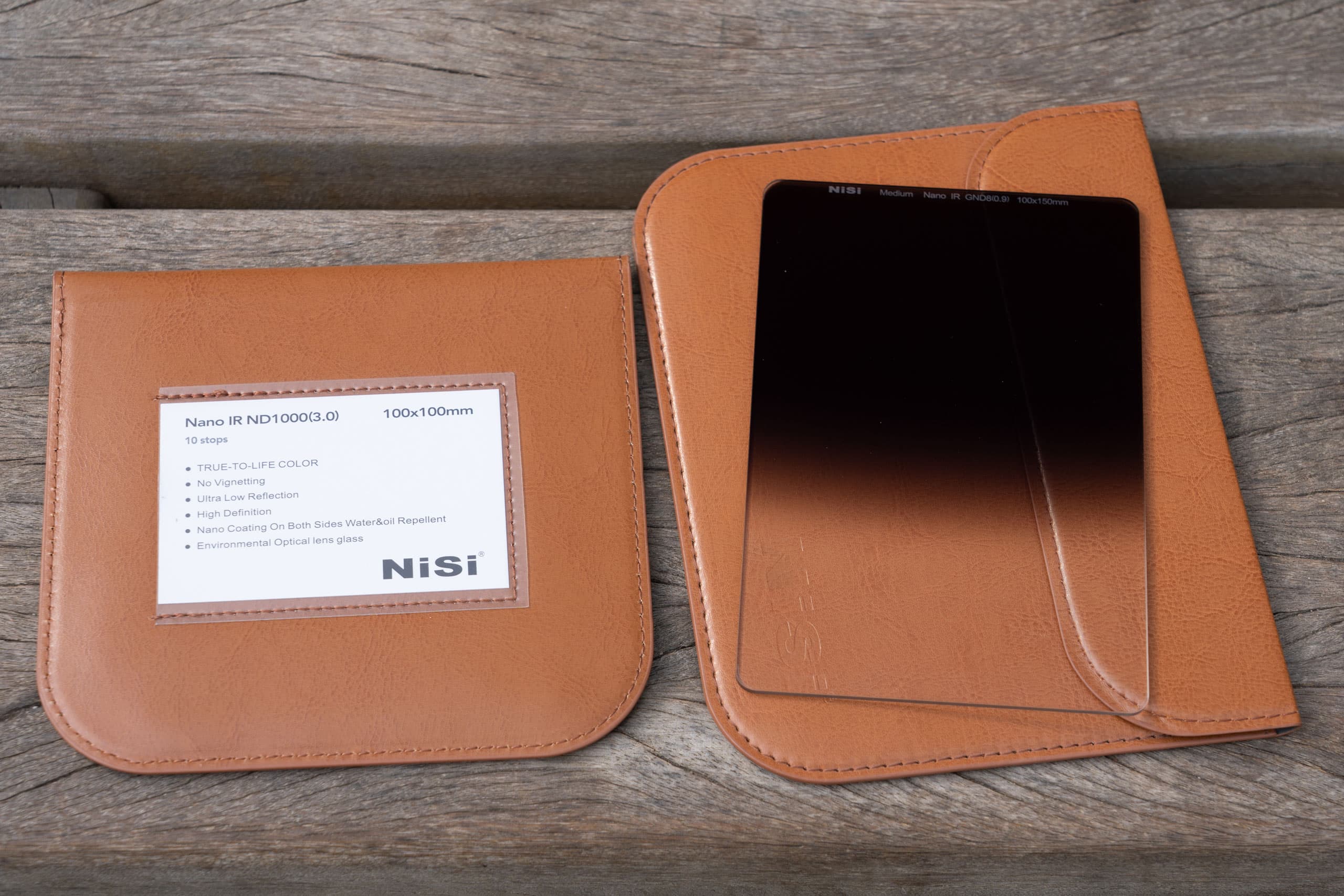
NiSi’s filters come in slim cases that don’t take up too much space, and which are labelled on the back
I tested the Landscape polariser and it really does give spectacular results, with strong colours, rich greens and intense blue skies. As a result, it’s a great tool for photographers who love shooting landscapes with deeply saturated colours; in essence, the look first popularised by Fujichrome Velvia slide film. You can see its effects in the shot below; click here for a comparison shot without a polariser. However, some might find its effects just a little over-the-top and be better served by the Standard version.

The Landscape polariser imparts saturated colours with particularly rich greens. Sony Alpha 7 II, Sony FE 24-105mm F4 G OSS at 64mm. 1/4sec at f/16, ISO 100. Landscape polariser.
It has to be said that the square filters are excellent, too. I saw no nasty surprises in terms of detail blurring, loss of contrast due to veiling flare, or unpleasant colour casts from infrared pollution, all of which can be a problem with cheap ND filters. They certainly appear to be a match for other high-end glass filters I’ve used from the likes of Kase, Benro or Formatt Hitech.
NiSi V6 with Landscape Polariser: Our Verdict
Demanding landscape photographers who wish to manipulate light using polarising, neutral density and graduated filters currently have a range of excellent systems to choose from. NiSi’s V6 is certainly up there, if not quite at the top, then certainly in the chasing pack. It’s let down only by design quirks such as the polariser adjustment wheels that end up in different places with different lenses, and the temperamental angle locking pin. It’s also a pain swapping the polariser out in the field, indeed you’re probably best-off committing to either using it or not, depending on the light.
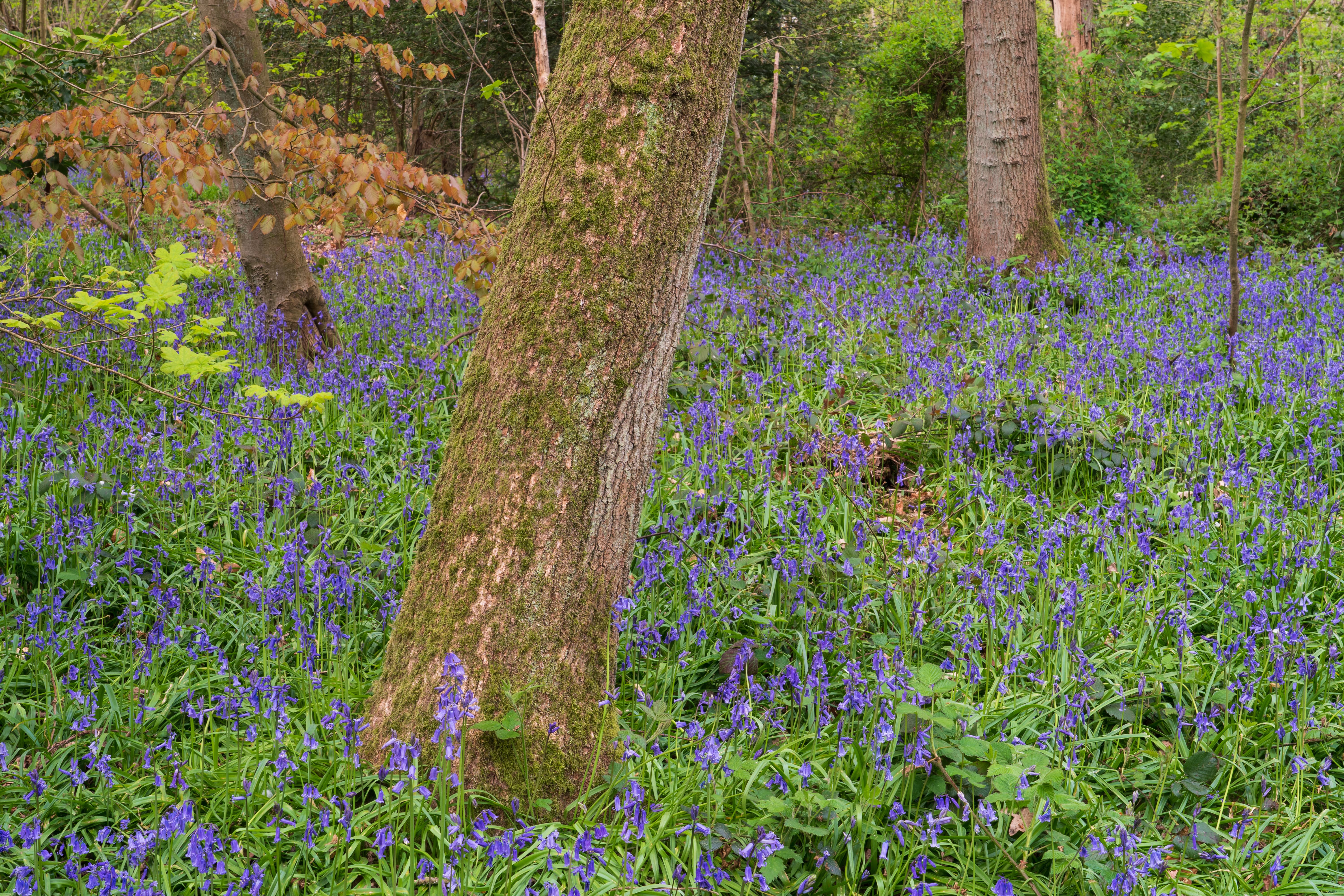
The polariser can easily be used on its own, without the holder section for 100m filters. Sony Alpha 7 III, Sony FE 24-105mm F4 G OSS at 48mm. 0.6sec at f/16, ISO 100. Landscape polariser
I suspect many users will quickly compensate for these issues by adapting their working practices, but equally, you don’t have to put up with them elsewhere, for example with Kase’s K9 system. However, NiSi’s ace in the pack is its Landscape polariser, which may well be a good enough reason for some users to buy in.


